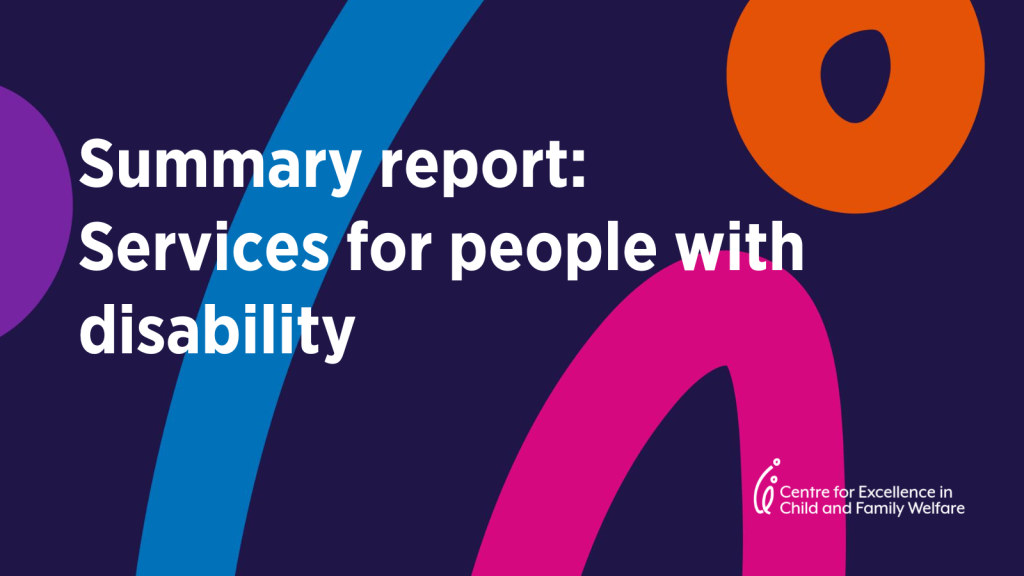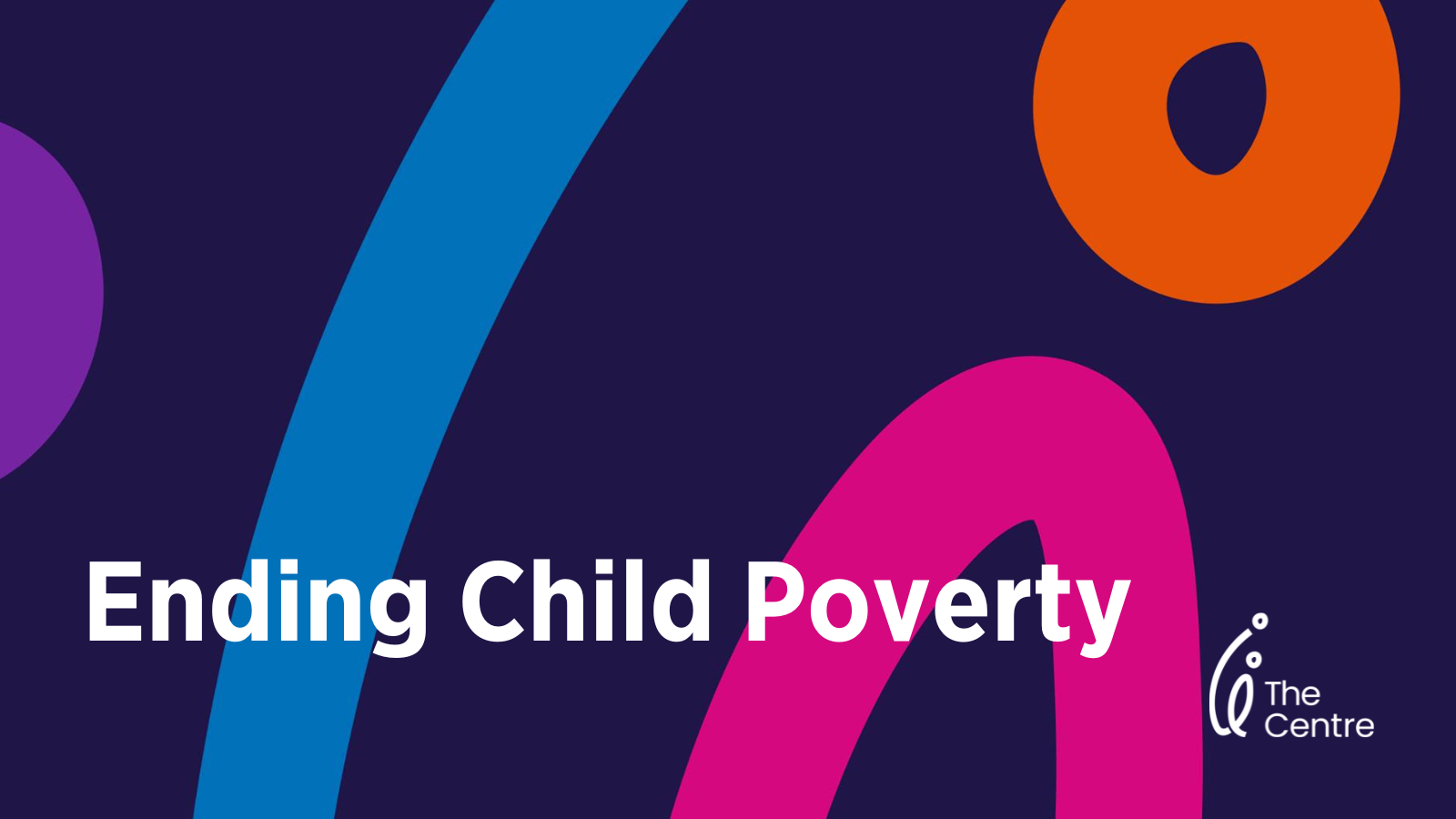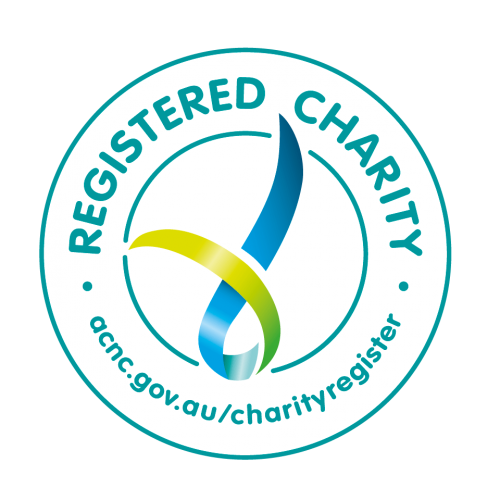The Productivity Commission has released its annual Report on Government Services, providing information on the equity, effectiveness, and efficiency of government services in Australia. Below are the relevant findings for the child and family services sector from 2021-2022.
Overview
The number of people using funded disability supports continues to rise, increasing by 68,036 participants from June 2021 to June 2022 alone.
Data on services for people with disability highlights the need for significant improvements to occur in service availability, social participation, and support for carers of people with disability. Unmet needs for people with disability and their carers remains high. Nationally in 2018, 37.5 per cent of people using disability services aged 0-64 years reported needing more formal assistance than they were currently receiving, while 32 per cent of carers reported a need for further assistance in their caring roles.
Nationally in 2018, only 22.1 per cent per cent of primary carers of people with disability were satisfied with their caring role with 56.3 per cent of primary carers reporting negative effects on their wellbeing. Carers also felt less satisfied with the quality of services received, with only 66.6 per cent feeling satisfied in comparison to 73.4 per cent in 2015, a decline of 6.8 per cent.
It is promising to see that in some areas waiting times for the NDIS have decreased. Nationally, in the June quarter 2022, it took an average of seven days for a decision to be made on access to the NDIS, a consistent trend over the past three years, with a decrease from an average of 69 days to an average of 48 days in 2020 for approvals of first plans.
Data Summary
- Service use by selected equity groups
‘Service use by selected equity groups’ is an indicator of governments’ objective to provide disability services in an equitable manner.
Nationally at 30 June 2022, the proportion of the potential population who were participants in the NDIS was:
– lower in remote and very remote areas than in major cities and inner and outer regional areas.
– higher for Aboriginal and Torres Strait Islander people than for non-Indigenous people.
– lower for people from a CALD background than for people from a non-CALD background.
Nationally in 2021-22, the proportion of the potential population who used Commonwealth disability employment services was:
– lower in outer regional, remote and very remote areas than in major cities and inner regional
areas.
– similar for Aboriginal and Torres Strait Islander people and non-Indigenous people.
– higher for people from a CALD background than people from a non-CALD background.
- Unmet need
‘Unmet need’ is an indicator of governments’ objective to provide services that meet the individual needs of people with disability and their carers.
– Nationally in 2018, 37.5 per cent of people aged 0-64 years reported a need for more formal assistance than they were currently receiving, with higher proportion of females reporting the need for more formal assistance than males and a higher proportion of people in major cities compared with people in regional and remote areas.
– Nationally in 2018, 32.0 per cent of carers of people aged 0-64 years reported a need for further assistance in their caring roles.
- Use of funded disability supports
‘Use of funded disability supports’ is a proxy indicator of governments’ objective to provide access to disability services on the basis of relative need.
– Nationally at 30 June 2022, the number of people with disability accessing the NDIS as a proportion of the potential population was 84.8 per cent — an increase of 68 036 participants from 30 June 2021.
– Nationally in 2021-22, for people aged 15–64 years with disability and with an employment
restriction:
-
- 12.9 per cent were using Australian Government funded Disability Management Services (DMS), an increase from 8.4 per cent in 2012-13.
- 16.7 per cent were using Australian Government funded open employment services
(Employment Support Services (ESS)) in 2021-22 — an increase from 7.3 per cent in 2012-13.
- NDIS waiting times
‘NDIS waiting times’ is an indicator of governments’ objective to provide timely decisions on access by applicants to the NDIS.
– Nationally in the June quarter 2022, it took an average of seven days for a decision to be made on access to the NDIS (a consistent trend over the past three years). For approvals of first plans, it took an average of 48 days, a decrease from 69 days in 2020.
- Choice and control
‘Choice and control’ is an indicator of governments’ objective under the NDIS to enable people with disability to exercise choice and control in pursuing their goals and planning delivery of their supports.
– Nationally, at 30 June 2022, 50 per cent of NDIS participants aged 15 years and over reported that they get to choose who supports them, while 42 per cent of families and carers of NDIS participants aged 15 years and over reported that they feel in control when selecting services. Proportions varied across jurisdictions.
- Client and carer satisfaction
‘Client and carer satisfaction’ is an indicator of governments’ objective to provide access to disability services that meet a particular standard of quality; and under the NDIS, to promote the provision of high quality and innovative supports.
– Nationally in 2018, of people aged 15-64 years with a disability who received formal services in the previous six months, 76.6 per cent were satisfied with the quality of assistance they received, and 49.1 per cent were satisfied with the range of services received. These figures were not significantly different from 2015 and 2012.
– Nationally, the proportion of primary carers who were satisfied with the quality of services received was 66.6 per cent in 2018 compared to 73.4 per cent in 2015 and 69.0 per cent in 2012. There was no significant change from 2015 in satisfaction with the range of services received (29.6 per cent in 2018, 32.5 per cent in 2015 and 33.7 per cent in 2012).
- Service quality and safety
‘Service quality and safety’ is an indicator of governments’ objective to provide access to disability services that meet a particular standard of safety and quality; and, under the NDIS, to promote the provision of high-quality and innovative supports.
Nationally in 2021-2022:
– There were 8.5 complaints per 1000 registered NDIS participants.
– 16.6 NDIS participants were subject to unauthorised restrictive practices per 1000 NDIS participants (including seclusion and chemical, physical, mechanical and environmental restraint).
– There were 32.2 other reportable incidents (that is, excluding unauthorised use of restrictive practices) per 1000 NDIS participants. The rate per 1000 NDIS participants varied across category types from 0.9 for alleged sexual misconduct to 15.1 for alleged abuse and neglect.
- Average committed supports, per NDIS participant
‘Average committed supports, per NDIS participant’ is an indicator of governments’ objective to provide access to disability services in an efficient manner.
– Nationally, at 30 June 2022, average committed supports, per NDIS participant, was $69 000. The need for supported independent living has a material impact on NDIS package costs.
For participants without supported independent living, average committed supports, per NDIS participant was $53 000, whereas average committed supports, per NDIS participant in need of supported independent living was $358 000.
- Unit cost of employment services
‘Unit cost of employment services’ is an indicator of governments’ objective to provide access to disability services in an efficient manner.
– Australian Government funding per user of non-government provided employment services was higher in 2021-22 compared to 2020-21 ($3458) but continued the downwards trend over the 10-year time series ($5697 in 2012-13).
- Social participation of people with disability
‘Social participation of people with disability’ is an indicator of governments’ objective to help people with disability achieve social participation.
Social participation outcomes decreased from 2009 to 2018:
– Nationally, for people with disability aged 15-64 years, the proportion who had face-to-face contact with ex-household family or friends in the previous week decreased by around 9 percentage points to 67.6 per cent.
– Nationally, for people with disability aged 5-64 years, the proportion who reported the main reason for not leaving home as often as they would like is their disability or condition, increased from 12.7 per cent in 2009 to 16.3 per cent in 2018. For those with severe or profound disability, the proportion was stable over this period.
- Use of mainstream services by people with disability
‘Use of mainstream services by people with disability’ is an indicator of governments’ objective that people with disability and their carers have an enhanced quality of life and enjoy choice and wellbeing.
Nationally, in 2018 for people with disability aged 15-64 years:
– 5.6 per cent reported experiencing unfair treatment or discrimination in the last 12 months from service and hospitality staff, due to their disability. The proportion was higher for those outside of major cities (7.0 per cent) compared to those within (4.8 per cent).
– Around one-quarter (27.7 per cent) avoided services that involved interaction with service and hospitality staff, due to their disability.
– 15.6 per cent reported they could not use, or could use only some, public transport.
The full report can be downloaded here: Services for people with disability
* Please refer to the report when interpreting data. Source: Productivity Commission 2023, Report on Government Services 2021-2022, Productivity Commission, Melbourne.






